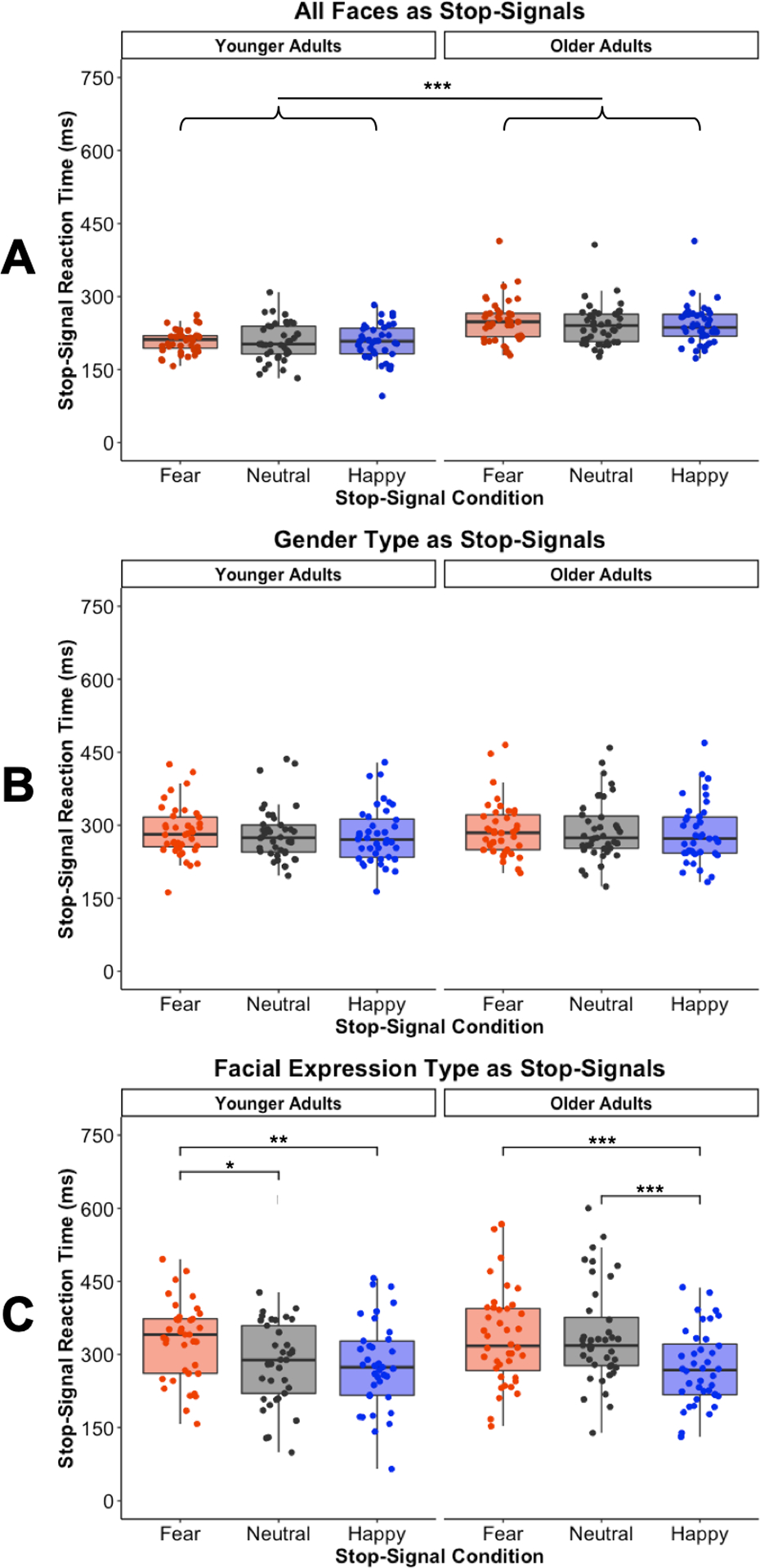Fig. 2. Stop-Signal Reaction Time Results by Study, Age, and Stop-Signal Condition.

A) Study 1 stop-signal reaction times when all faces indicated stop-signals. Younger adults were more efficient at stopping responses to all stop-signal conditions than older adults. B) Study 2 stop-signal reaction times when gender type indicated stop-signals. There were no effects of age or condition. C) Study 3 stop-signal reaction times when facial expression types indicated stop-signals. Younger adults were less efficient at stopping responses to fear faces compared to neutral faces, and older adults were more efficient at stopping responses to happy faces compared to neutral faces. Lower values represent more efficient response inhibition. Lower and upper box boundaries represent 25th and 75th percentile stop-signal reaction times values, respectively; line inside box represents median stop-signal reaction time values. * = p < .05; ** = p ≤ .01; *** = p < .001
